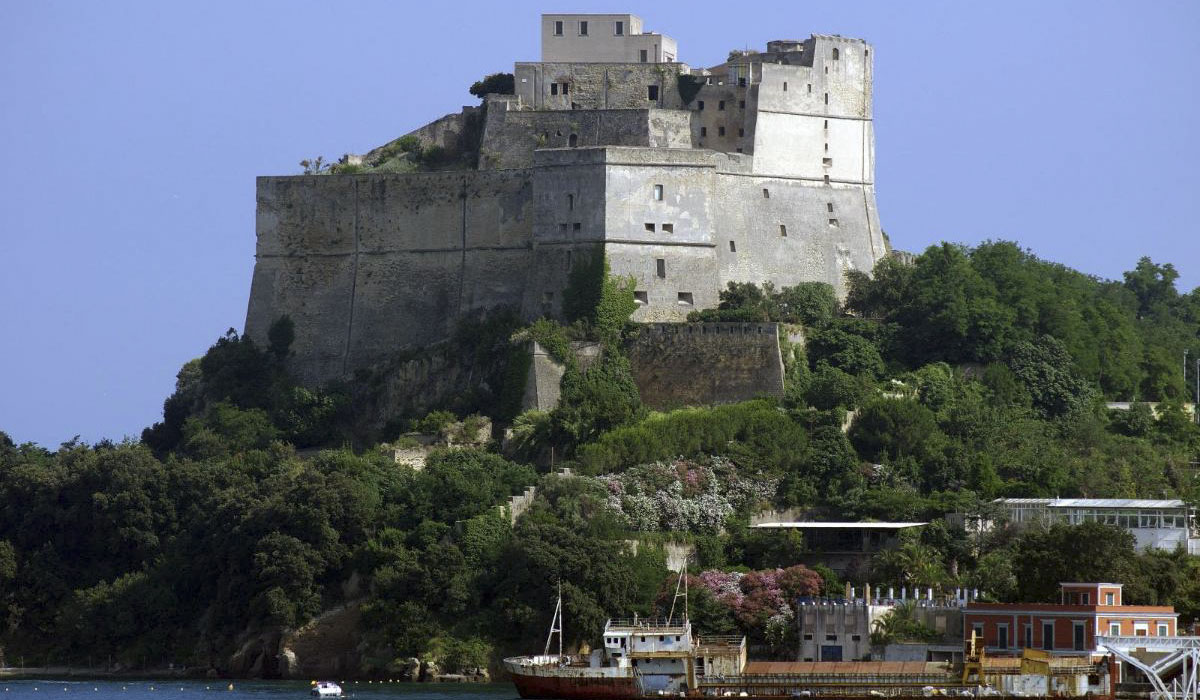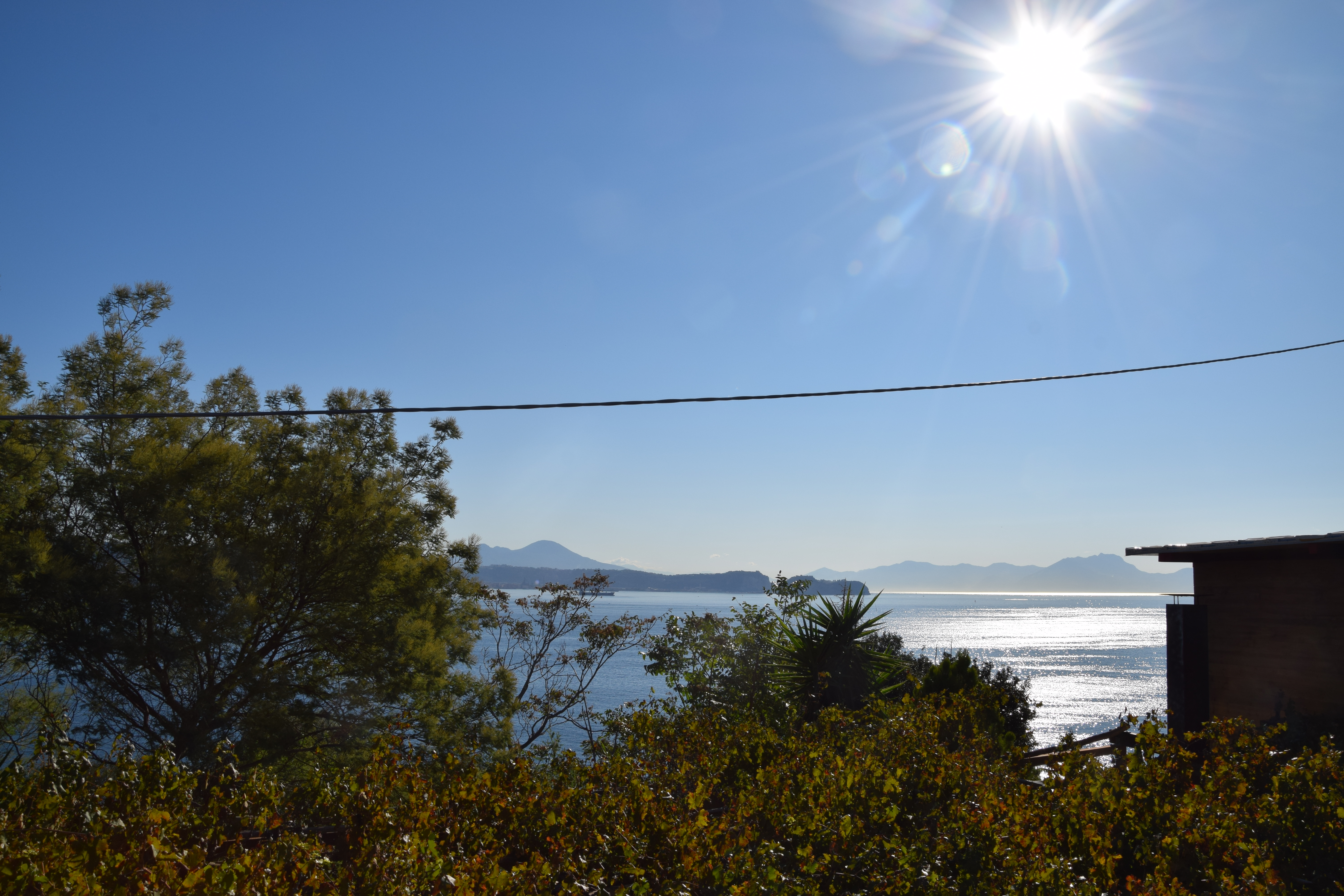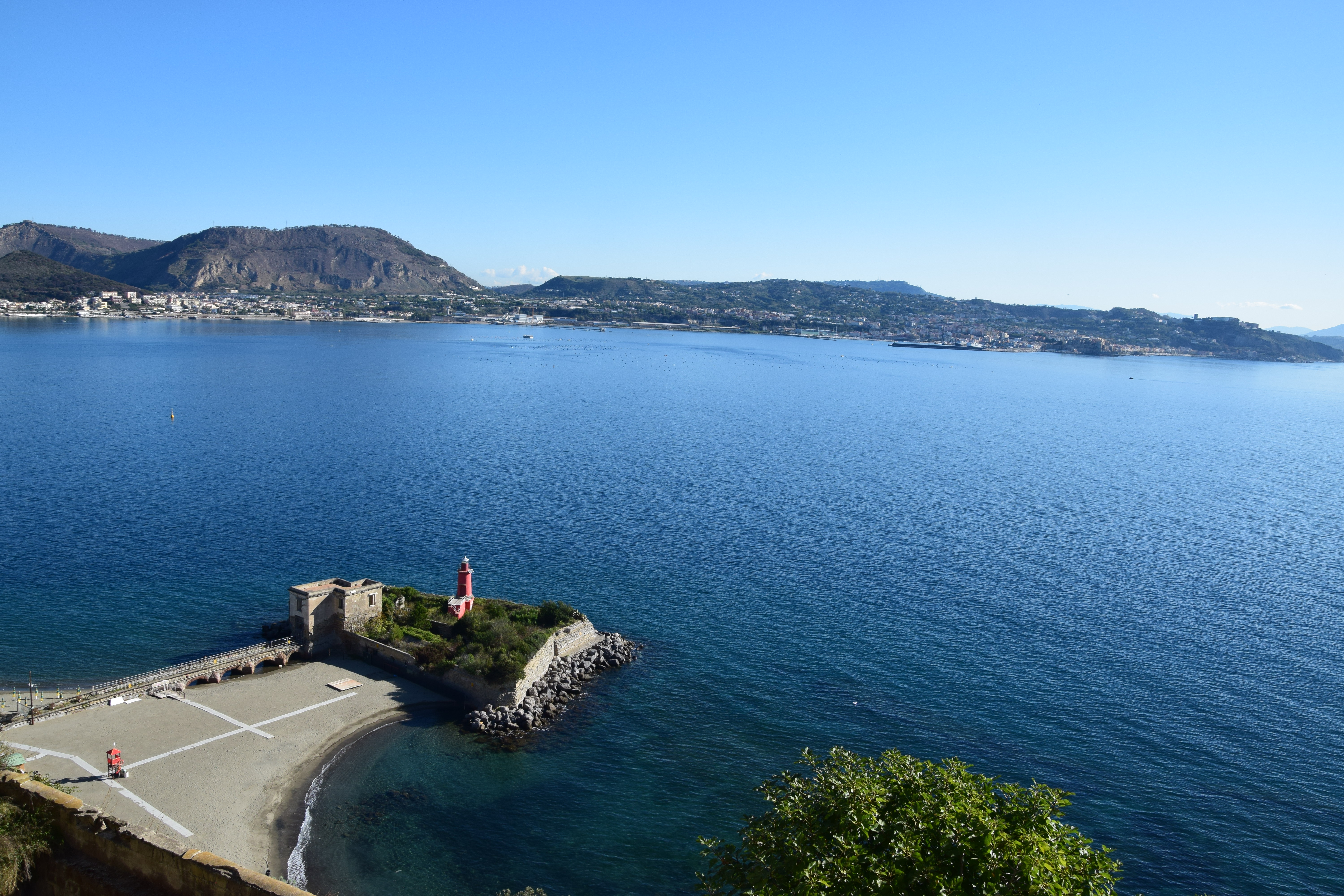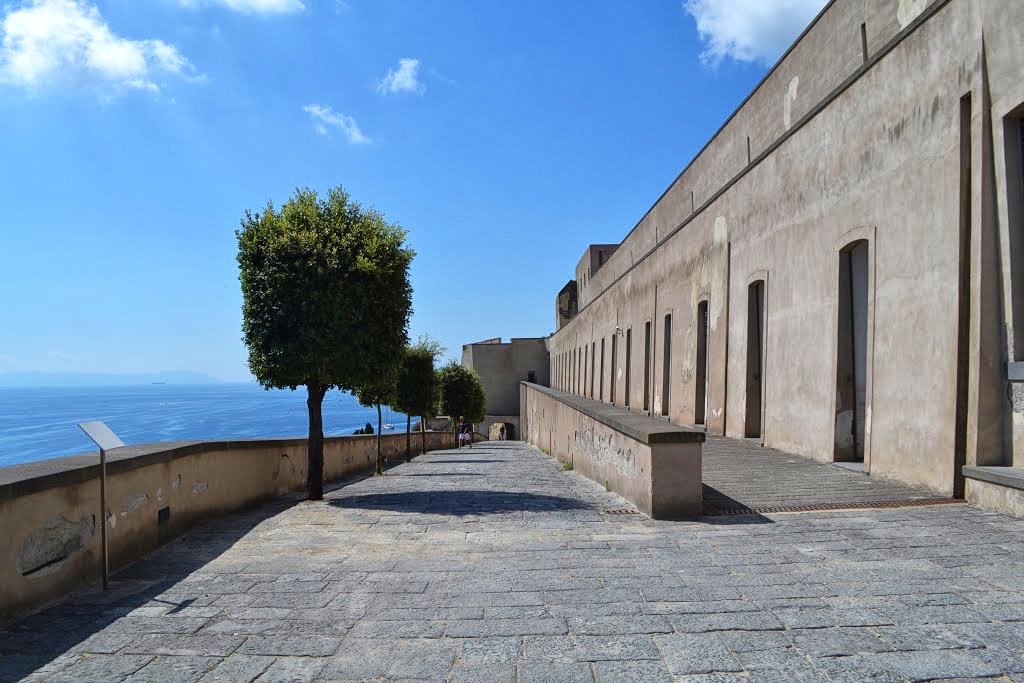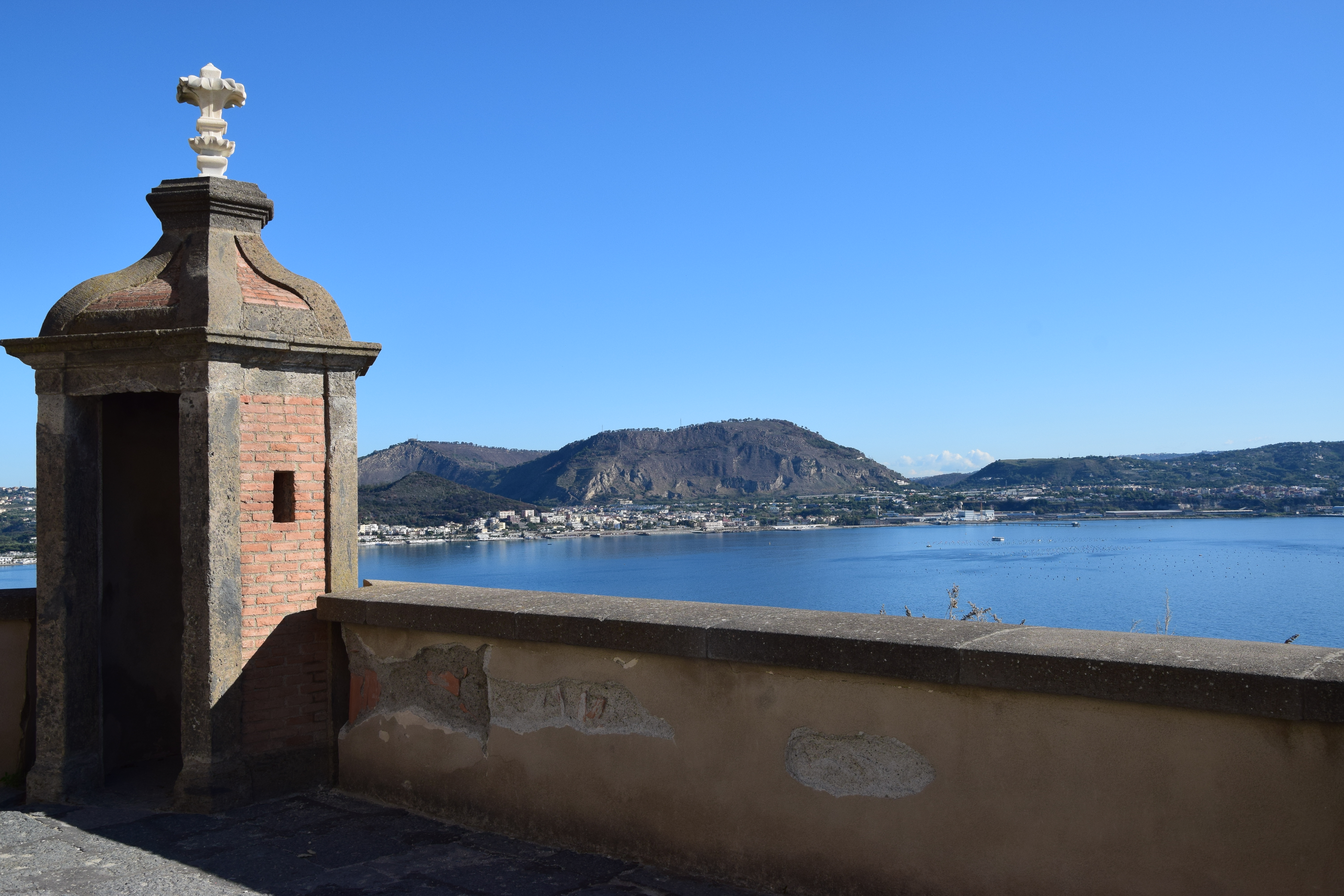The castle of Baia was built in the XV century, in the Aragonese age, to defend the coast of Naples from attacks especially by sea. The architect of the project is unknown but it’s possible , still today, to admire the wonders of his work. The life of the castle has seen a number of dominations and kings. One the most important kings was Alfonso II d’Aragona who made the fortress even more impregnable. Im fact, in the original aragonese architecture there are no visible traces left , except for Torre Tenaglia, located on the highest part of the promontory. In 1532 the viceroy Pedro di Toledo came to Naples and introduced a lot of innovation in the architectural profile of its strongholds. He did build towers, wall curtains, ramparts and bastions. In the course of the XVIII century there were a lot of maintenance works carried out, both under Austrian domination and under Spanish and French dominations . in 1860 the castle , after opposing resistances to the Garibaldini The castle of Baia was built in the XV century, in the Aragonese age , to defend the coast of Naples from attacks especially by sea. The architect of the project is unknown but it’s possible , still today , to admire the wonders of his work . The life of the castle has seen a number of dominations and kings . One of the most important kings was Alfonso II D’Aragona who made the fortress even more impregnable . In fact , in the original Aragonese architecture there are no visible traces left , except for Torre Tenaglia , located on the highest part of the promontory . In 1532 the viceroy Pedro di Toledo came to Naples and introduced a lot innovation in the architectural profile of its strongholds . He did build towers , wall curtains , ramparts and bastions . In the course of the XVIII century there were a lot of maintenance works carried out both under Austrian domination to defend the Bourbon dominion , was conquered by the “ Red Shirts “ and delivered to Savoia . Since 1877 the administration of the castle first passed to ” Ministero della Marina “ of the new kingdom , the to the “Ministero dell’ Interno “ and at the end to the “ Ministero della Guerra “ . During the First World War (1915-1918) the fortress was assigned to the detention of prisoners of war . in 1926 it became a structure intended for orphans of war in order to give them vocational training . in 1984 the castle of Baia was turned in an archeological museum .
The builiding complex moved on to Campania which kept it until 1984; the destination of the building firstly was a military Orphanage, but without the necessary conditions of the concession, the castle returned to the Statal Demanio and it was destinated to the Archeological Suprintendence to be used for the Archeological Museum. Since 1984 till today a lot of important conservative interventions have been made: in September 1993 in the Tenaglia Tower the first centre of the Archeological Museum was inaugurated with the presentation of the permanent show of the “Sacello degli Augustali of Miseno”; in 1997 the museum section of the submerged Ninfeo of Punta Epitaffio was inaugurated. The organization of a museum is strongly affected by its architectural features and is closely linked to its restoration initiatives.
These days in monumental buildings we can often see museums and art galleries, most of them built for different purposes.
Among various restorations projects, the most challenging is the one of the ex “Knight Pavilion” fated to Baia’s section. The local museum of the Phlegrean Fields constitutes the monument of the place. Side by side we enconter some harbor cities such as Pozzuoli, Baia, Miseno, Cuma and finally Literno. All this in a land of extraordinary beauty, rich in natural phenomenal from thermal waters to sulfur fumaroles, a sign of volcanic activity and bradysism.
The decision tp reunite all the phlegrean antiquities in Baia derives from the fact that the castle received the museum’s floral exhibition of the Submerged Ninfeo of Punta Epitaffio, and of Miseno (Sacello Deglo Augustali).
The museum was planned with the intent of distinguishing the complex into five different “ museums”. The less demanding title of Sections was chosen. We can find the realization of the Knight Pavilion, the walls of a Roman villa used as a stand for the buildings in 60 B.C.
This wonderful villa identified as Cesar’s villa is the ideal place to represent the collection of Baia.

